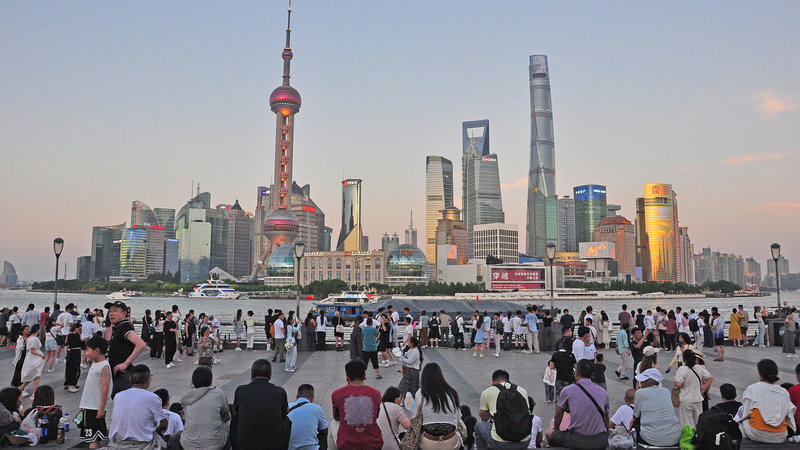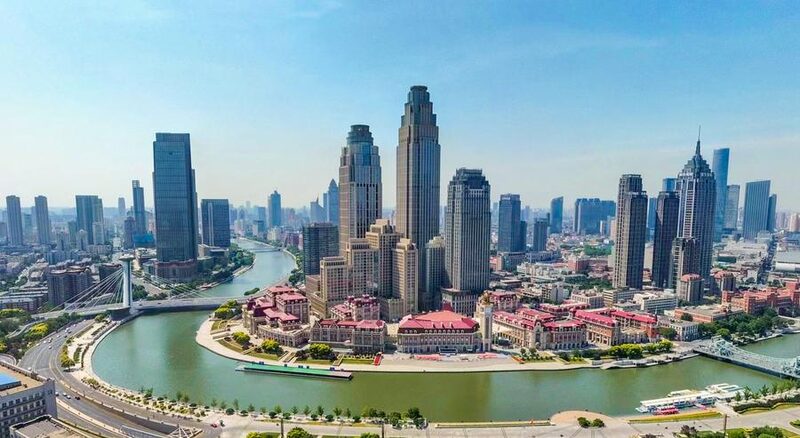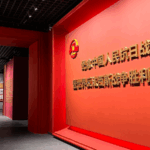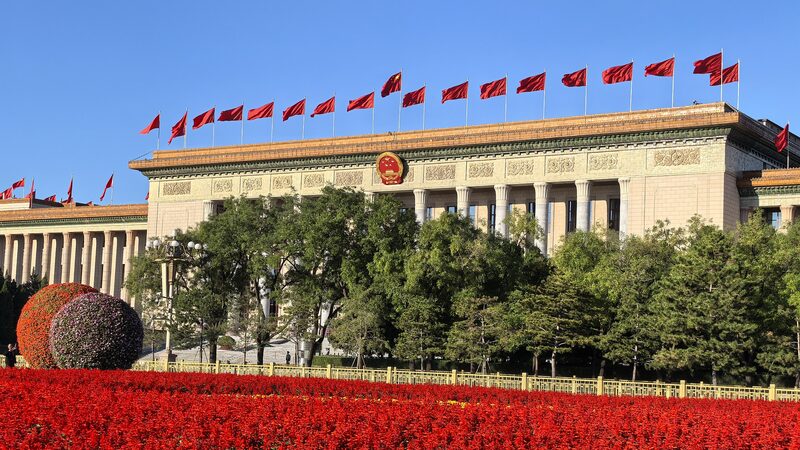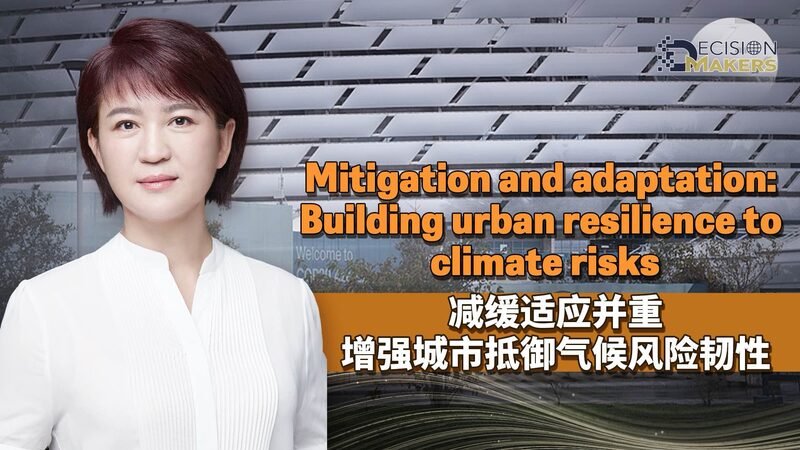China's urbanization journey has transformed from modest beginnings to a global case study in inclusive development. With the urban population soaring from 40 million in 1949 to over 940 million today, the country's urbanization rate now stands at 67% – a testament to strategic planning under Communist Party of China (CPC) leadership.
At the heart of this transformation lies a unique philosophy: people-centered urbanization. President Xi Jinping's emphasis on cities being "built for the people and by the people" has guided policies addressing both economic growth and social equity. Urban areas now contribute over 60% of China's GDP while systematically integrating rural migrants into urban life.
The current development model breaks from traditional patterns by:
- Prioritizing regional balance through differentiated strategies
- Accelerating growth in western regions like the Xizang Autonomous Region
- Transforming county towns into employment hubs
- Removing residency barriers in smaller cities
Recent reforms focus on closing the "semi-urbanization" gap for 250 million migrants through expanded access to education, healthcare, and housing. The 2025 action plan aims to make public services available to all permanent residents, regardless of household registration status.
This approach contrasts with purely market-driven urbanization models, instead viewing cities as living ecosystems where social justice and economic progress coexist. As China continues refining its urban governance framework, the world watches how scale meets sustainability in human-centric development.
Reference(s):
People-centered urbanization towards sustainable and inclusive future
cgtn.com
